Colors to Highlight Your Features & Style
Color can either make or break a man’s outfit. Color coordination should never be overlooked by a man when creating outfits or building his wardrobe. Well-chosen colors are like a proper fit — a detail that can entirely make or break an outfit. Selecting an outfit in the wrong colors or combinations makes you look bland and uninteresting, or loud and overdone.
The color wheel was developed by Sir Isaac Newton in 1666. The 12 basic colors are called hues. Clothes come in a muted form of the true hues. They are either lightened by adding white (tint) or darkened by adding black (shade).

Primary Colors
The 3 primary colors are red, yellow, blue. These are the only colors that can't be made by adding or mixing other colors together. All the other hues can be created by combining primary colors. In natural lighting, primary colors are very bright or vivid to the eye. You wear primary colors when you truly want to catch someone's eye, in-person or on tv.
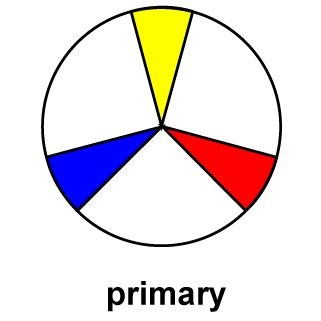
Secondary Colors
The secondary colors are green, orange and violet. They are made by combining two primary colors: yellow and blue make green, red and yellow make orange; and red and blue make violet. Each secondary color is directly opposite a primary color on the fashion color wheel.
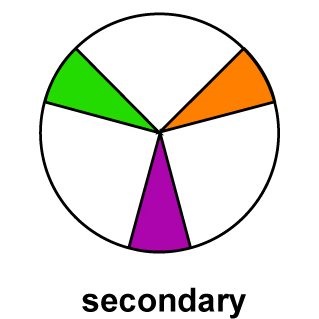
6 Tertiary/Intermediate Colors
Intermediate colors are found between the primary and secondary colors. It's important to remember they are distinct hues and not just shades or tints of the primaries and secondaries — an orange shirt isn't the same thing as a deeper brick red or coral.
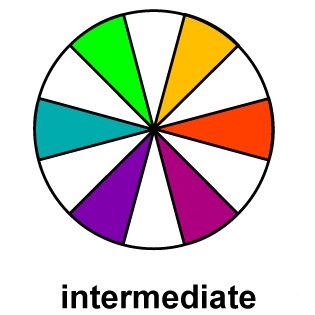
Combining Colors
Complementary colors are directly opposite one another on the color wheel, creating the most vivid contrast in an outfit. Commonly you'll see a complementing color scheme on someone who needs strong contrast to stand out. TV commentators like complementing colors since television has a hard time projecting closely-related colors without being washed-out.
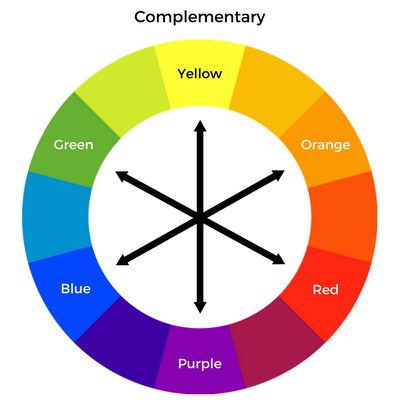

Analogous Colors are adjacent on the color wheel creating a minimized contrast. This gives a consistent look. Analogous colors can tend to look muted to the eyes since there is little color differentiation. Analogous color schemes are great for looking a little more restrained. Tonal dressing is an example.
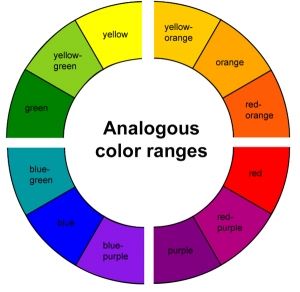
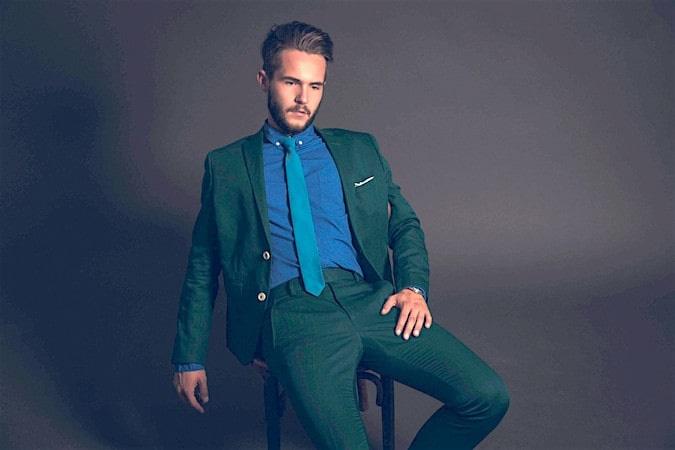
Color Tones...Warm & Cool
Half of the color wheel from red to yellow-green is considered “warm” while the other half from purple to green is considered “cool.” Warm colors tend to look vivid and create an energetic feeling while cool colors evoke a calm, soothing emotional tone. Whether you are a warm or cool color person depends on your skin tone, hair, and eye color.

Ready to learn more about your coloring and the best colors to wear for work, weekend, evening events and beyond? Contact Us to get started. Whether you are looking to define your style, create a new look, or update your wardrobe and personal style Divine Style's men's styling packages from the closet edit to an in-home styling session or personal shopping will get you dressed and looking your best.
Share this Post

